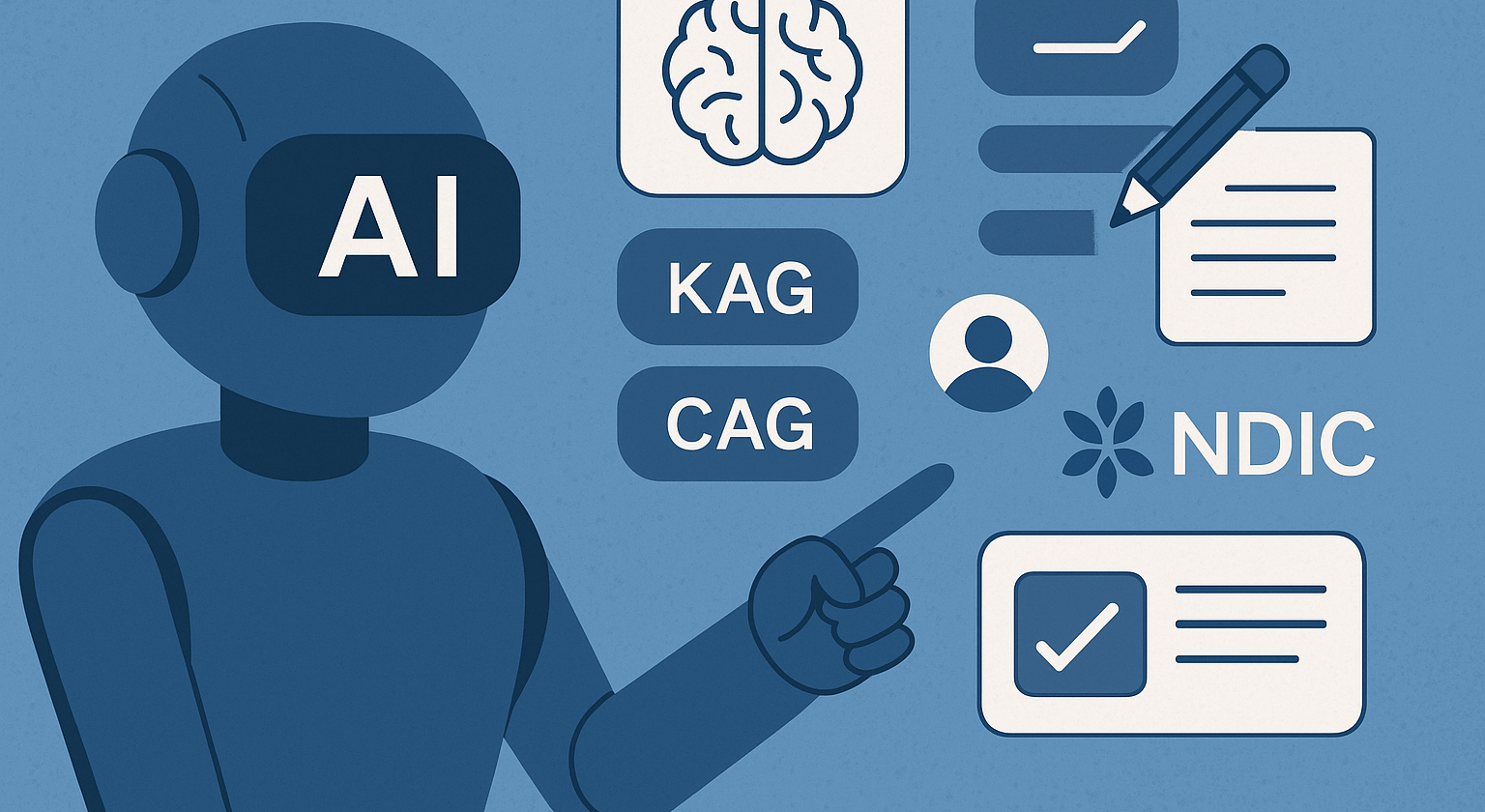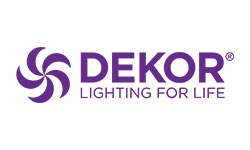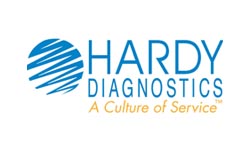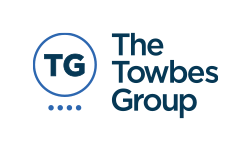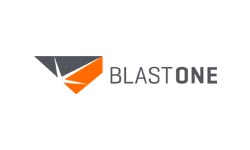Smarter Chatbots in 2025: Beyond RAG with New AI Solutions
Conversational AI has advanced rapidly, offering businesses more intuitive ways to communicate with users through chatbots and virtual assistants. One of the most talked-about methods in recent years has been RAG (Retrieval-Augmented Generation), which improves chatbot responses by fetching relevant documents to support its answers.
But what if your business needs something beyond what RAG can offer?
In this article, we explore RAG alternatives like KAG (Knowledge-Augmented Generation), CAG (Cache-Augmented Generation), and more advanced strategies like instruction fine-tuning and RLHF (Reinforcement Learning with Human Feedback). We’ll also show how NDIC helps you integrate these technologies seamlessly to build more intelligent, brand-aligned AI tools.
What is RAG and Why Look for Alternatives?
RAG combines a language model with a search mechanism. Before generating a response, it retrieves documents from a knowledge base or dataset, which are then used to ground the chatbot’s answer. While effective for many cases, RAG has its limitations:
- It depends on the quality of the retrieval system.
- It can be slower due to multiple steps.
- It may still hallucinate if retrieval fails or returns incomplete data.
To overcome these challenges, newer models and techniques have emerged, offering improved accuracy, speed, and flexibility.
1. KAG (Knowledge-Augmented Generation)
KAG takes RAG a step further by tightly integrating curated, domain-specific knowledge into the generation process. Instead of querying a search system each time, KAG includes structured or semi-structured knowledge (like FAQs, internal wikis, or product databases) directly in the model’s memory or context window.
Use Case Example:
For a customer support chatbot in the insurance industry, KAG can help deliver quick, compliant answers by pulling directly from internal policy manuals or regulatory documents.
2. CAG (Cache-Augmented Generation)
CAG leverages previously asked questions and their responses by storing them in a cache. When a similar question arises again, the model references that previous answer instead of generating a new one from scratch.
Use Case Example:
For eCommerce businesses, this can drastically speed up responses to common queries like return policies, shipping costs, or order tracking.
3. Instruction Fine-Tuning
Rather than modifying data retrieval or memory systems, this method teaches the AI to follow specific instructions better. It involves training the model on example prompts and desired responses aligned with your business goals.
Use Case Example:
For a nonprofit’s donation chatbot, instruction tuning helps the bot clearly guide users through the process, explain tax-deductible options, and avoid giving off-topic or unhelpful responses.
4. RLHF (Reinforcement Learning with Human Feedback)
This cutting-edge approach helps AI align with human preferences by letting real people evaluate responses and guide the model during training. It results in more helpful, less biased, and safer AI behavior.
Use Case Example:
If you’re running a telehealth platform, RLHF can help ensure your AI prioritizes empathy, clarity, and accuracy when discussing sensitive topics.
Which One is Right for You?
Choosing the best approach depends on your business needs, user expectations, and available data. Some clients benefit from a hybrid model combining two or more of the above techniques.
That’s where NDIC comes in. We don’t just offer off-the-shelf solutions—we listen to your goals, evaluate your systems, and guide you through building custom AI that enhances productivity, saves time, and feels like a real member of your team.
Let’s Build the Smarter AI Your Business Deserves
If you’re curious about implementing conversational AI but unsure where to start, NDIC is here to help. Our experts can audit your current systems, recommend the right architecture, and build secure, scalable tools that align with your brand.
Reach out today and let’s explore how AI can work smarter for you.


